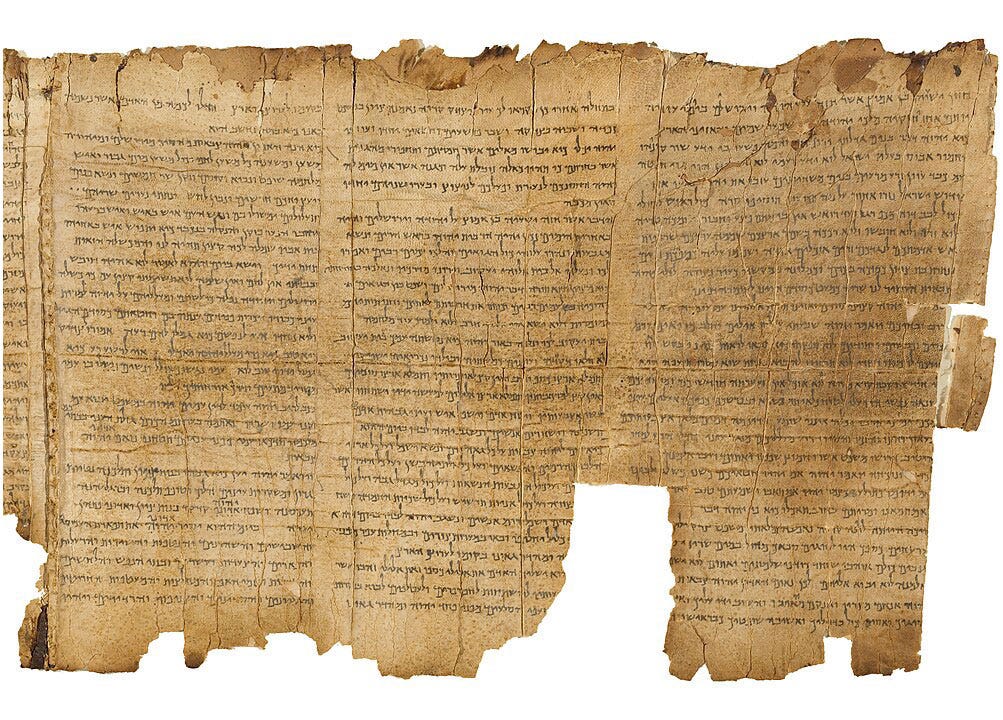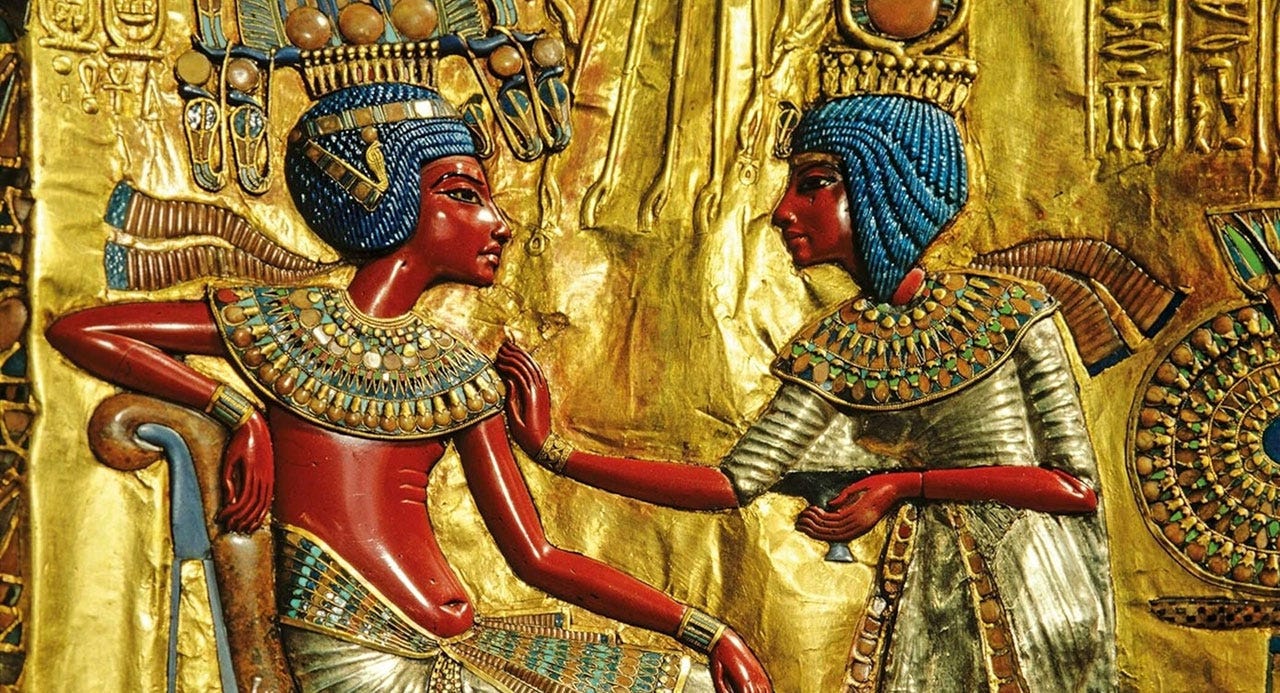Carbon-dating isn't a social activity for lonely, single doppelgängers. It's a fairly accurate but limited method for determining the age of Egyptian mummies (it's fairly accurate), the Shroud of Turin (it's fake), and Asian geriatrics. This technique relies on the radioactive isotope called carbon-14 (6 protons + 8 neutrons).
Every organic object — plants, animals, fungi — absorbs carbon throughout its life. Once an organism dies, it stops absorbing carbon, and the radioactive carbon-14 (¹⁴C) in its remains starts to break down. Since the decay rate of carbon-14 is constant, we can determine the age of an object by calculating the time it took for the carbon-14 to decay.

For dating inanimate objects like rocks, metals and ceramics, we carbon-date the organic materials found alongside the objects, such as seeds, bones, and dirt.
Carbon-dating, or radiocarbon dating, does have its limitations though. It is most effective for objects between 300 and 50,000 years old. This is because the half-life of carbon is approximately 5,730 years. Meaning, carbon-14 will lose half its atoms and decay into nitrogen after five millennia. After another 5,730 years (i.e., 11,460 years), the remaining half will be halved again. So, you'll be left with 25% atoms of carbon-14 and 75% atoms of nitrogen-14.
Subsequently, after a total of three half-lives (i.e., 17,190 years), we'll be left with 12.5% of carbon-14 atoms and 87.5% nitrogen-14 atoms. This process continues for about 6.64 half-lives (i.e., 50,000 years) until the amount of carbon-14 is about 1% of its original amount. By then, the amount is too small to provide reliable dates.

Life is short, so here's the formula for exponential decay:
Remaining amount = Initial amount x (½)ⁿ [with n being the number of half-lives]
On the flip side, objects younger than 300 years do not have enough carbon-14 decay in them to be measured accurately.
Unlike the immaculate virgin Mary, carbon-dating has its flaws. Contamination from external sources of carbon, such as chemicals, bacteria, or fungi, can skew carbon-dating results. The other thing is factionation. It's the assumption that the ratio of carbon-14 to stable carbon isotopes in the atmosphere has remained constant over time. However, variations in this fractionation ratio can occur due to changes in solar activity or fluctuations in atmospheric carbon dioxide levels. All these could lead to inaccurate age estimates.
The good news is that scientists are continually refining the carbon-dating technique to minimise errors and improve the accuracy. The better news is that there are other alternative dating options.
Potassium-argon dating — a method used to date volcanic rocks by measuring the ratio of potassium-40 to argon-40 isotopes
Uranium-lead dating — a technique used to date rocks and minerals containing uranium, such as zircon crystals
Thermoluminescence dating — a method that measures the amount of light emitted when they are heated, which is related to the time elapsed since they were last heated or exposed to sunlight.
Whatever dating techniques you adopt, they all share the common elements of i) radioactive decay, ii) half-life, and iii) isotopic ratios. Together, they can be used to unlock the secrets hidden within the Earth's ancient landscapes and artefacts. And they may just be the tool to search for someone out there who looks just like you!







